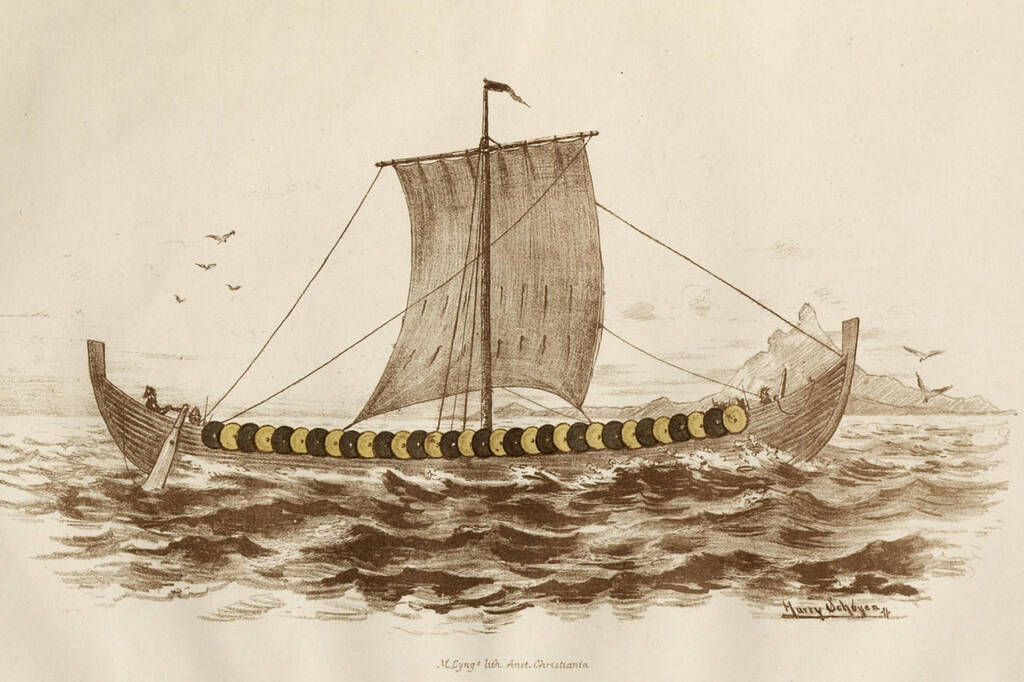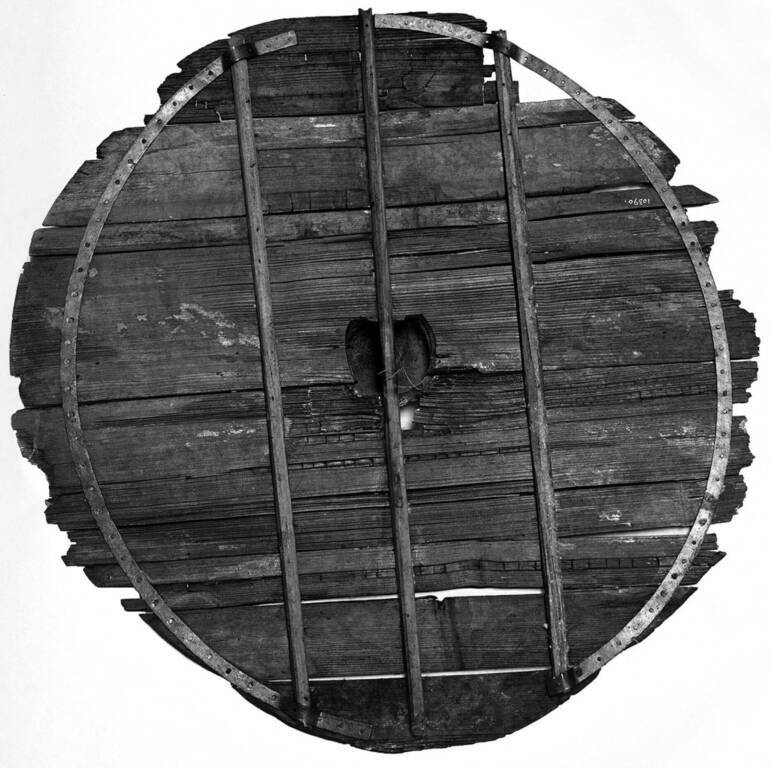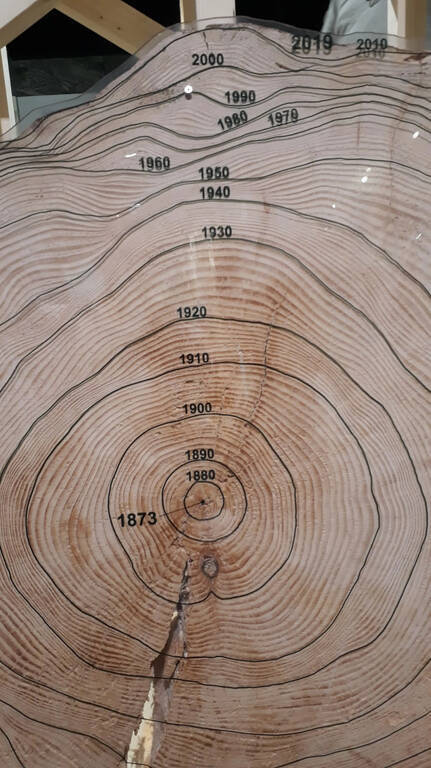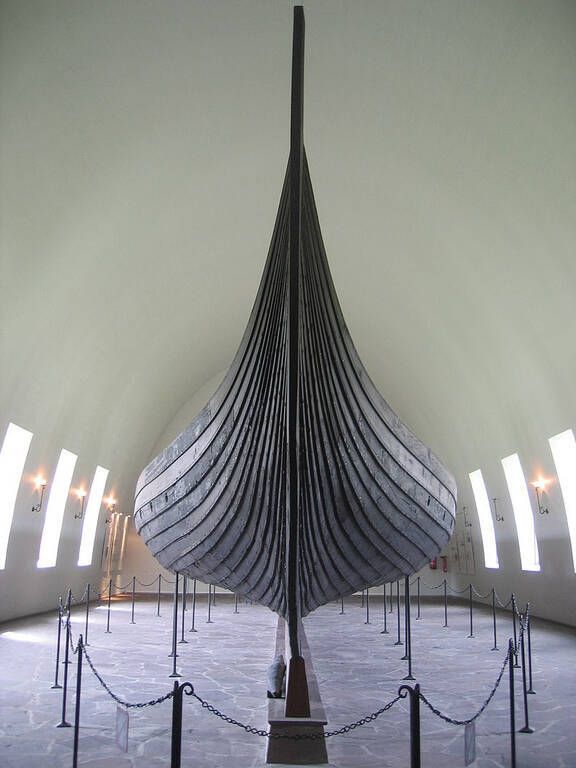
Rolf Fabricius Warming is an archaeologist at the Department of Archeology and Classical Studies at Stockholm University in Sweden; founder of the "Society for the Struggle of Archeology".
Challenges previous interpretations of ceremonial shields found in a Viking Age ship grave. His research was published in Arms & Armour.

Reconstruction of the longship Gokstad from Nicolaisen's 1882 publication. Drawing by Harry Schoyen.
Almost 1,100 years ago in Hokstad, Vestfold, Norway, an important person was buried in a 78-foot-long ship. The Gokstad ship was buried along with several luxury items, including gold-embroidered tapestries, a sleigh, a saddle, 12 horses, eight dogs, two peacocks, six beds, and 64 round shields.
The ship and objects from the tomb remained intact under the earthen mound until it was discovered in 1880.
Warming notes that while the longship and artifacts are now in a museum in Norway, most of the tomb's items have not undergone any significant analysis since their initial discovery.

"Reconstruction" of the shield, molded in the late 19th - early 20th century. The shield is reinforced with a modern steel frame, but consists of original boards. The central board appears to be equipped with a roughly heart-shaped central hole.
In his research, Warming focused on 64 round shields, which the original estimate believed to have been made for a funeral ceremony. Warming examined the fragmented wooden shields found in 50 boxes at the Viking Ship Museum in Oslo. The four shields were restored about a hundred years ago,
strengthened with modern steel parts and made a parody instead of real shields.

Dendrochronology (example).
However, Warming used dendrochronology, a method that allows you to date wood by the years of its growth, and found that these shields were created between 900 and 1050 AD, during the Viking Age. He also noted that the shields had signs of battle damage, indicating that they may have been used in combat, and not just for ceremonial purposes.
These results demonstrate that even scientists can make mistakes and inaccuracies in research. In this case, the error was due to the incorrect identification of the functions and origin of the round shields, which led to an incorrect interpretation of historical events.

Ship Gokstad at the Viking shipyard in Oslo.
